This post is long overdue – at least a month! I didn’t have much time to relax after my expedition, as school had already started - the journal below is a quick recap of our last two days of harvesting.
The Harvest: 8 Mile Lake
The crux of this experiment is to see where Nitrogen ends up in plants rooted in permafrost soils. After the 15N is injected into the soils at permafrost depth, the soils and biomass are harvested 24 hours later and 1 year later. We had collected the samples at Toolik after 24 hours, and now we traveled to Healy, AK to collect the 1 year samples.
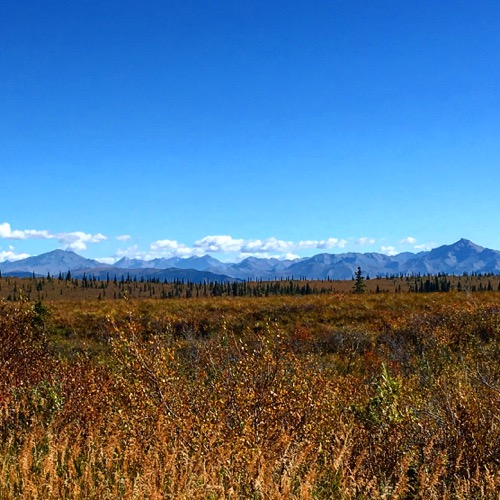
Soil Profiles – Depth Matters!
When you are trying to see where 15N ends up in the tissues of a plant, it’s important that you collect living material from different locations (i.e. above ground and below ground). In order to make sure that samples from the correct areas are harvested, collection method is important. At each site, above ground and below ground samples are taken – the above ground is just a small slice of soil with the plants and roots (“above ground”) vegetation attached. The below ground (a.k.a. tundra brownie) is a GIANT slice of soil, roots and the plants still connected above. In some plots, the tundra brownie is VERY difficult to remove.
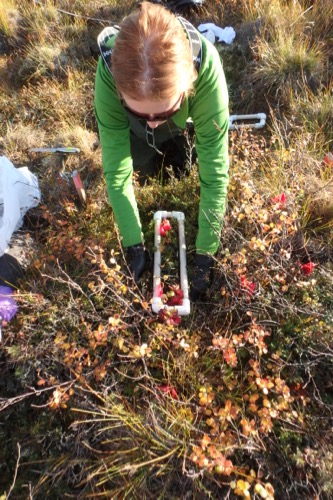
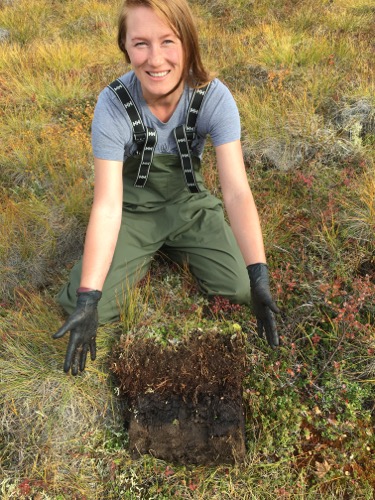
Beneath the Below Ground
The below ground sample only goes 40 cm deep, which in warm areas like Healy means the samples don’t reach as deep as the permafrost. To access the deep soil layers and the mycorrhizae that exist there, a few more small cores (3 to be exact) are taken just above the permafrost layer. These 3 cores give us a more detailed picture of the soil: the “suck” is homogenized for chemical analysis, the “pluck” is picked apart for root analysis and the “RNA” is packed up in liquid nitrogen to get a genetic analysis of all the fungal communities present in that layer of soil.
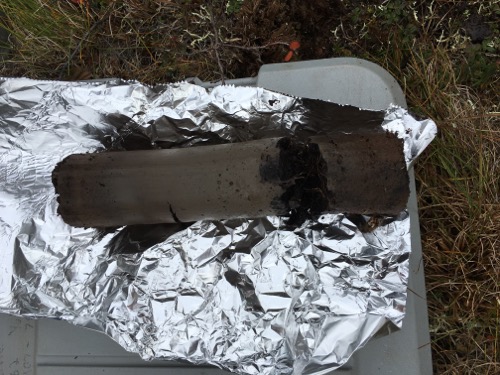
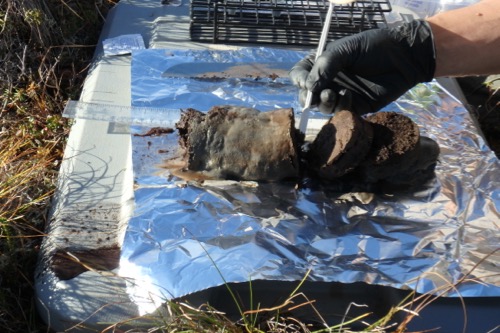
Soil coring
To access the soil deep below the permafrost horizon, a special tool is need to cut through the hard, icy soil. SIPRE (Snow, Ice and PermafrostPermanently frozen ground. Research Establishment, US Army Corps of Engineers) designed special Core Auger to remove this semi frozen soil.
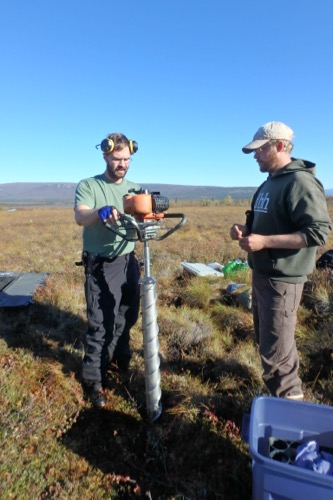
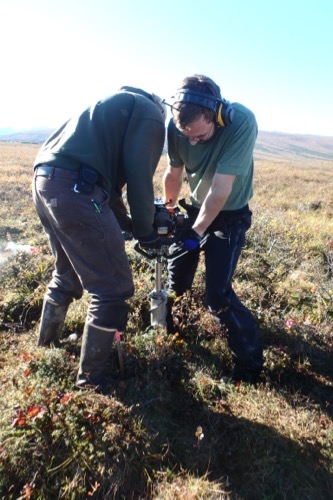
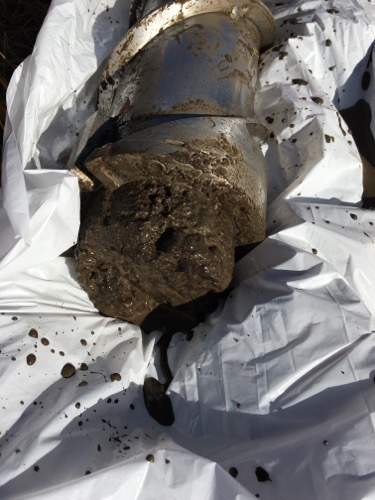
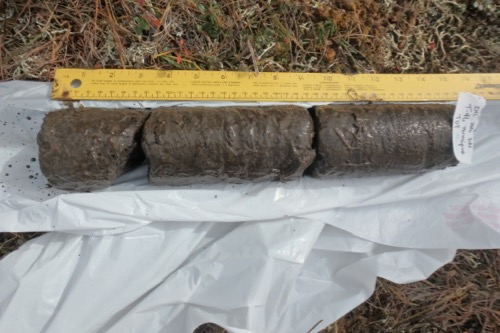
Packing Up and Heading Home
After harvesting all those soils it was time to pack everything up and ship it off the labs at NAU…but I’ll leave that until my next post.
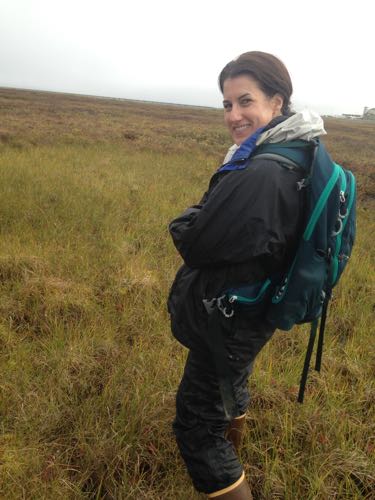
- < prev
- 15 of 15


Comments